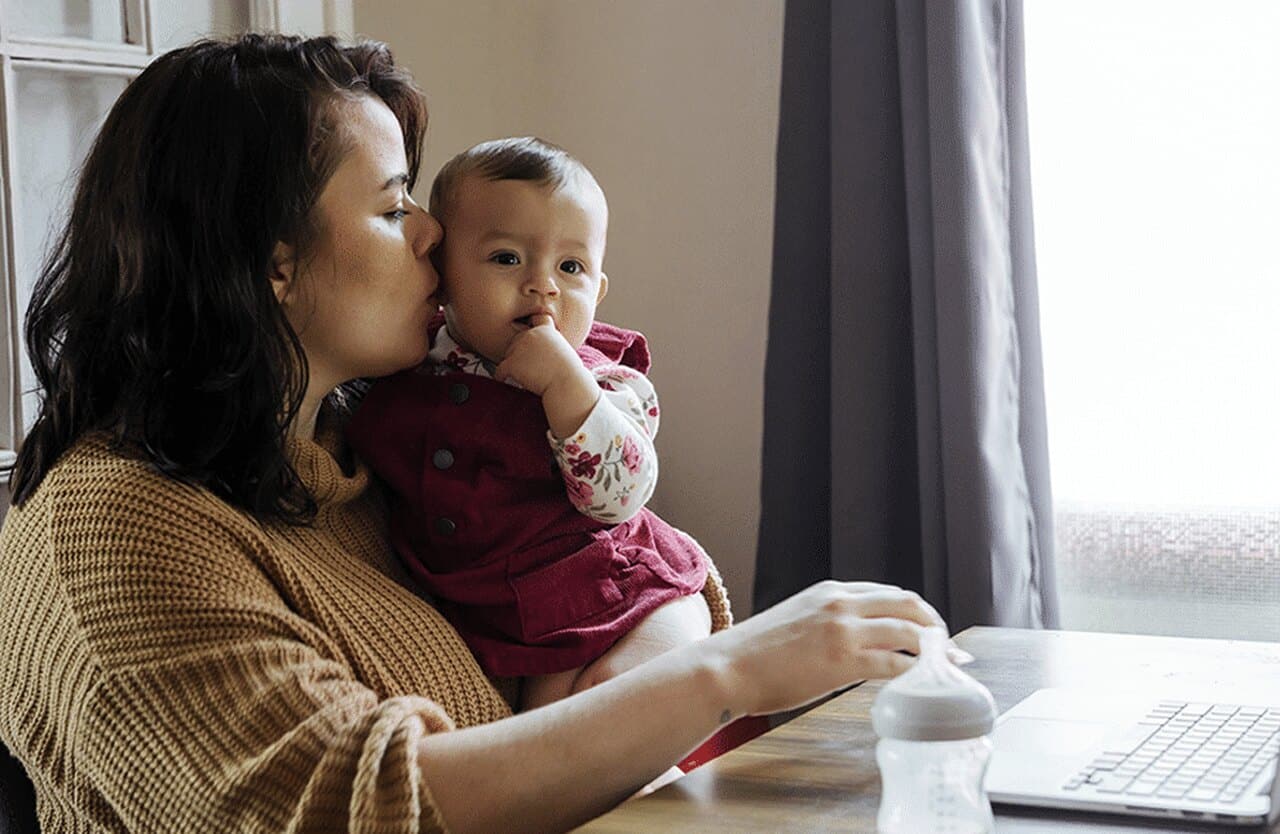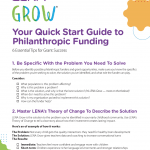Note: The data in this post has been updated with percentiles drawn from a reference sample of nearly 3,000 children, roughly ten times larger than the original sample. This update is part of our commitment to ensuring our data is inclusive and representative of the children and families we serve.
Children born nine months into the COVID-19 pandemic produced significantly fewer vocalizations and experienced fewer serve-and-return interactions in the first months of life than those born before the pandemic, according to analysis conducted by LENA’s research team.
In other words, COVID babies “talk” less. That means they produce fewer coos, grunts, babbles, and other precursors to speech, suggesting they may be at greater risk of experiencing language delays.
It also means they had fewer conversational turns with adults. Conversational turns have been linked to increased social development, increased cortical growth in language and social processing regions of the brain, and higher IQ scores in middle school.
“This analysis contributes to emergent evidence out of Brown, Columbia, and elsewhere that babies born during the pandemic are not developing at the same rate as their pre-pandemic peers,” said Jill Gilkerson, PhD, LENA’s Chief Research and Evaluation Officer. “The bottom line is that infants are vocalizing less and experiencing fewer conversational turns, putting them at risk of missing out on the many positive outcomes linked to high levels of interactive talk early in life.”
[webinar]
Lowered child vocalizations among COVID-era babies
To arrive at these findings, LENA’s research team analyzed recordings of 630 infants aged 0-9 months — 494 pre-COVID babies and 136 COVID-era babies — as captured by LENA’s “talk pedometer” technology. All children were participating in LENA Start, and all recordings were made at baseline, before families had experienced the program.
For both groups, the researchers tracked the number of conversational turns the children experienced and the number of vocalizations they produced:
- On average, children from the COVID-era sample produced significantly fewer vocalizations than their pre-COVID peers (37th percentile compared to 56th percentile).
- They also experienced significantly fewer conversational turns (40th percentile compared to 53rd percentile).
The researchers also used national Area Deprivation Index (ADI) measurements to look at the relationship between families’ socioeconomic status (SES) and children’s language experience. The ADI is a neighborhood-level measure of SES that incorporates income, education, employment, and housing quality.
Children from the COVID-era sample were lower across all measurements than their pre-COVID peers at nearly every ADI level, experiencing fewer conversational turns, hearing fewer adult words, and producing fewer vocalizations.
However, the differences were greatest among children from families in the lowest SES quartile. For example, there was a statistically significant decrease of 19 percentile points in conversational turn rates between pre-COVID and COVID-era children, from the 45th to 26th percentile. The same holds true for child vocalizations among that lowest SES group, where the average decreased from the 49th to the 25th percentile.
The big picture: Developmental delays among COVID-era babies
These findings from LENA support a growing body of evidence that babies born during the COVID pandemic are, on average, experiencing developmental delays.
For example, researchers from the COMBO (COVID-19 Mother Baby Outcomes) consortium at Columbia University published findings in the January 2022 issue of JAMA Pediatrics showing that children born during the pandemic achieved significantly lower gross motor, fine motor, and personal-social scores at six months of age. Given these associations, the authors conclude that COVID-era babies should continue to be monitored for long-term negative effects and that COVID-related maternal stresses “should be considered as a potential underlying mechanism.”
Furthermore, a preprint article released by researchers from Dr. Sean Deoni’s Advanced Baby Imaging Lab at Brown University in mid-2021 reported that “children born during the pandemic have significantly reduced verbal, motor, and overall cognitive performance.” The results of that study, now under review at the journal JAMA Pediatrics, have prompted Dr. Deoni to begin using LENA technology to capture detailed data on children’s language environments.
[quote]
Dr. Gilkerson said, “The differences we’ve observed in child vocalizations and conversational turns are an important piece of this puzzle. This is cause for alarm, but it is also a fixable problem, as the decline in conversational turns can be ameliorated through focused interventions.”
LENA Start, an evidence-based community program designed to help families increase the amount of interactive talk they have with their children in the first three years of life, is one such focused intervention. Over 7,500 families across 25 states and in Canada have participated in LENA Start since the program’s inception in 2015.
Previous analysis shows that the program delivers the same positive results whether delivered in-person or virtually, sparking similar increases in conversational turn rates over the course of the 10-week program and helping participating children gain language skills twice as fast as their peers. Likewise, previous research from LENA published in the journal Pediatrics suggests that focusing on helping parents increase conversational turns may help ease any negative effects of decreased child vocalizations over the long term.
“We wanted to get this data out there so that people can be aware and start taking corrective action,” said Dr. Gilkerson.
[callout]



